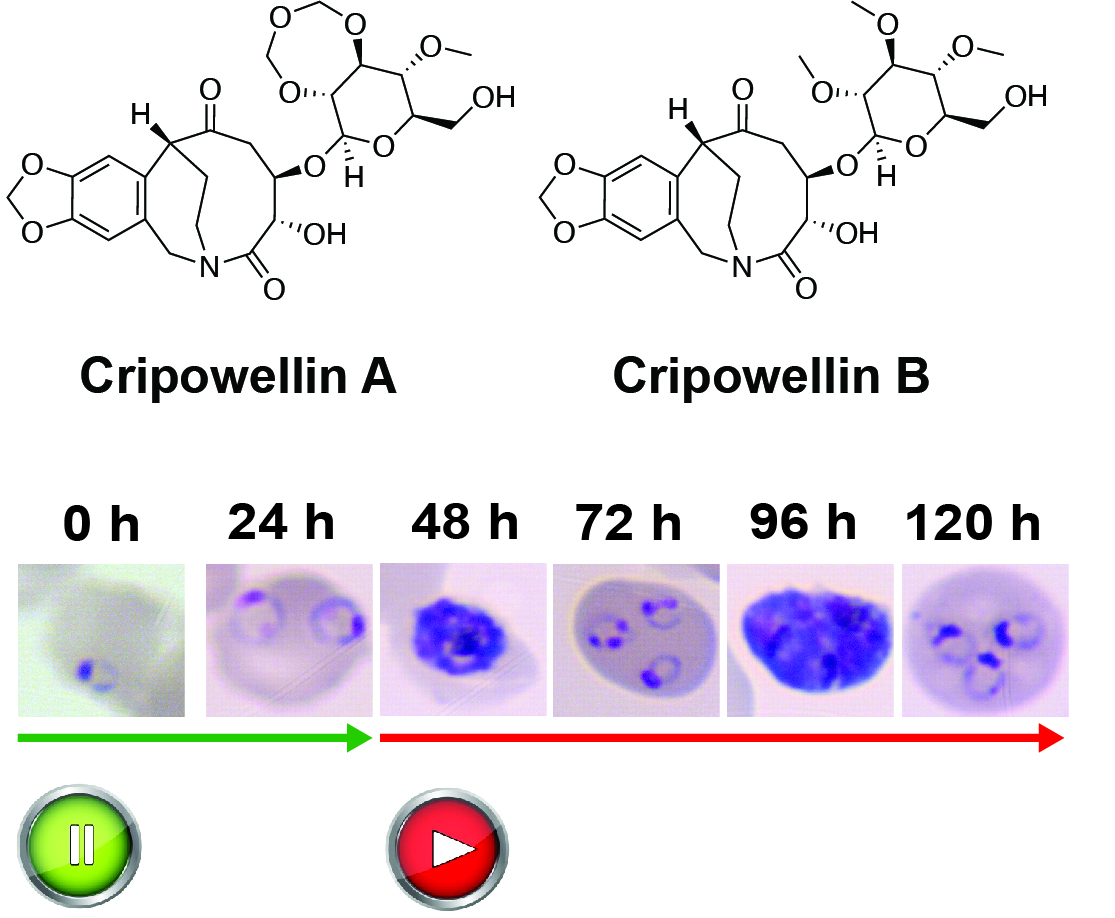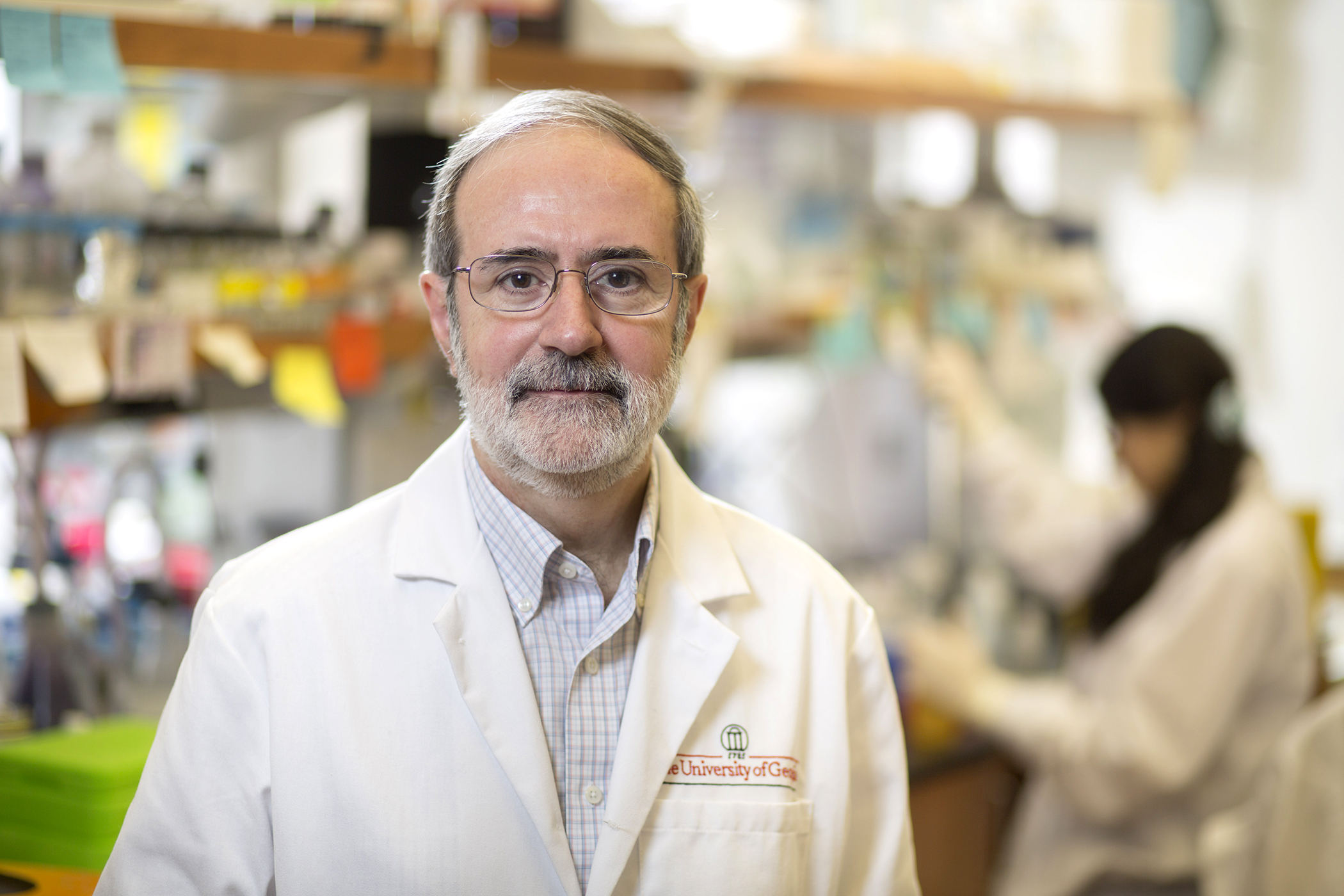Acanthamoeba species, Naegleria fowleri, and Balamuthia mandrillaris are opportunistic pathogens that cause a range of brain, skin, eye, and disseminated diseases in humans and animals. These pathogenic free-living amoebae (pFLA) are commonly misdiagnosed and have sub-optimal treatment regimens which contribute to the extremely high mortality rates (>90%) when they infect the central nervous system. To address the unmet medical need for effective therapeutics, we screened kinase inhibitor chemotypes against three pFLA using phenotypic drug assays involving CellTiter-Glo 2.0. Herein, we report the activity of the compounds against the trophozoite stage of each of the three amoebae, ranging from nanomolar to low micromolar potency. The most potent compounds that were identified from this screening effort were: 2d (A. castellanii EC50: 0.92 ± 0.3 μM; and N. fowleri EC50: 0.43 ± 0.13 μM), 1c and 2b (N. fowleri EC50s: <0.63 μM, and 0.3 ± 0.21 μM), and 4b and 7b (B. mandrillaris EC50s: 1.0 ± 0.12 μM, and 1.4 ± 0.17 μM, respectively). With several of these pharmacophores already possessing blood-brain barrier (BBB) permeability properties, or are predicted to penetrate the BBB, these hits present novel starting points for optimization as future treatments for pFLA-caused diseases.
Lori Ferrins, Melissa J Buskes, Madison M Kapteyn, Hannah N Engels, Suzanne E Enos, Chenyang Lu, Dana M Klug, Baljinder Singh, Antonio Quotadamo, Kelly Bachovchin, Westley F Tear, Andrew E Spaulding, Katherine C Forbes, Seema Bag, Mitch Rivers, Catherine LeBlanc, Erin Burchfield, Jeremy R Armand, Rosario Diaz-Gonzalez, Gloria Ceballos-Perez, Raquel García-Hernández, Guiomar Pérez-Moreno, Cristina Bosch-Navarrete, Luis Miguel Ruiz-Pérez, Francisco Gamarro, Dolores González-Pacanowska, Miguel Navarro, Kojo Mensa-Wilmot, Michael P Pollastri, Dennis E Kyle, Christopher A Rice. Front Microbiol. 2023 May 10;14:1149145. doi: 10.3389/fmicb.2023.1149145. eCollection 2023.











